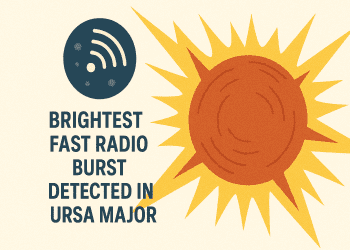A revolutionary Weird Telescope with a 1x20m rectangular mirror, proposed by Prof. Heidi Newberg, could detect half of all Earth-like planets within 30 light-years in under three years, targeting water vapor at 10 microns to find habitable worlds.
Why a Rectangular Design?
Unlike the James Webb Space Telescope’s (JWST) 6.5m circular mirror, the Weird Telescope’s 20m-long rectangular design offers superior resolution to separate faint Earth-like planets from their million-times-brighter stars. By rotating its mirror, it aligns with a planet’s orbit, making detection feasible without complex engineering.
Targeting Habitable Planets
Focusing on 60 sun-like stars within 30 light-years, the Weird Telescope operates at 10 microns, ideal for detecting water vapor—a key sign of habitability. It could identify ~30 Earth-like planets, with follow-up studies probing atmospheres for biosignatures like oxygen.
Engineering Simplicity
Unlike proposals requiring 20m circular mirrors or starshades, the Weird Telescope’s design leverages JWST’s infrared technology and launch feasibility. Its smaller 20m² area (vs. JWST’s 25.4m²) reduces costs while optimizing planet detection.
Challenges Ahead
The design needs refinement to address mirror flexing and temperature control for infrared observations. However, it avoids the molecular precision or fuel demands of alternatives, making it a practical step toward NASA’s Habitable Worlds Observatory goals.
Future Implications
If each sun-like star hosts one Earth-like planet, the Weird Telescope could shortlist candidates for future probes to image surfaces, potentially confirming life.







